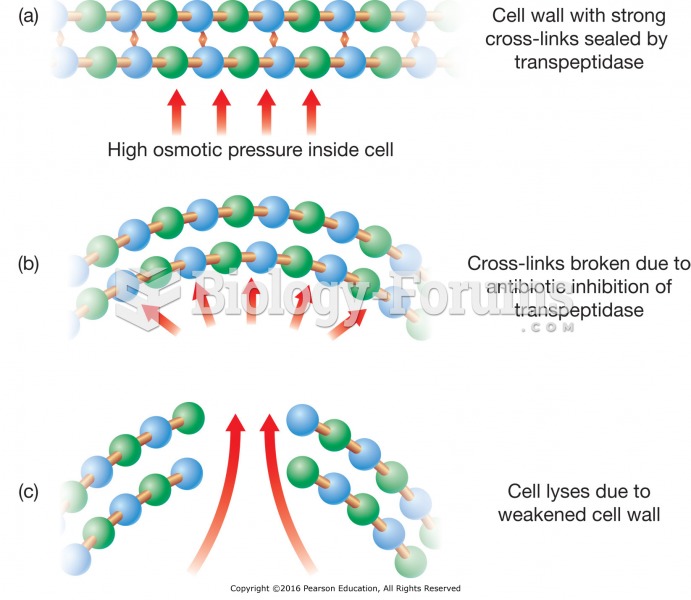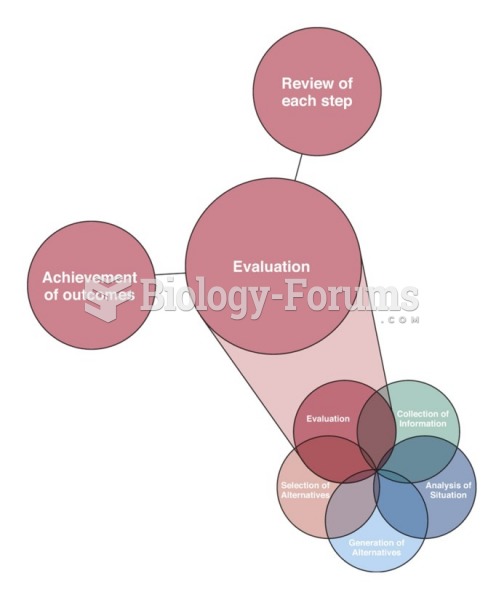Answer to Question 1
The kitchen team members who received training are the most obvious source of data regarding
the impact of training. Through the evaluation process, team members are asked to express their
opinions and make observations about the effectiveness of the training. In addition to asking
them to respond to specific questions related to tasks addressed within the training program, a
number of general questions can be built into a survey instrument that will provide valuable
information. Typically, participants are asked to complete a questionnaire about the training they
received. The questionnaire may be quite elaborate or simple.
Following are examples of elementary evaluation questions:
Are job elements different than those taught during training?
Was the benefit from training worth the effort spent?
Were course objectives explained clearly?
Did the instructor demonstrate technical knowledge?
Were the training topics sequenced logically?
Were all questions and concerns about the training answered?
Were facilities adequate and suitable for the training?
This type of training participant evaluation is not too tedious to complete and is easy to follow.
This form type of evaluation should be used at the end of the training session or segment of a
teaching program. It is important that the evaluation not be overused. Evaluation tests can be
administered at any appropriate time or when they will help. The reasons for testing are
essentially the same as the reasons for asking questions. When training is effective, team
members completing a training program are able to perform the skills or apply the knowledge
necessary to correct quality or implement correct standards. Evaluation also monitors the team
members' performance OJT as well as the entire training process. Continuous monitoring and
feedback ensure that the training process is successful and that the chef supervisor is able to
fulfill the roles and responsibilities required in the design, delivery, and evaluation of training.
Answer to Question 2
B







